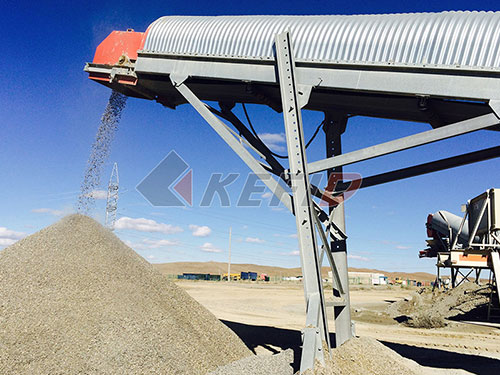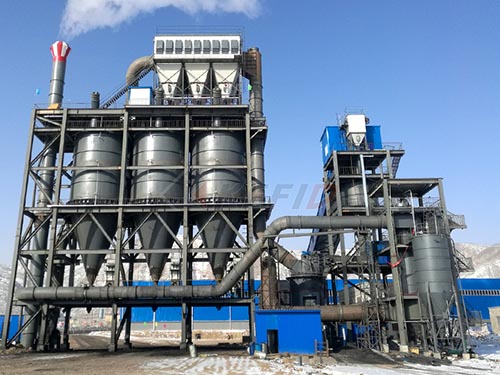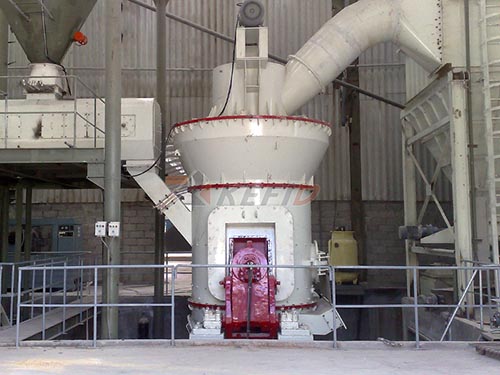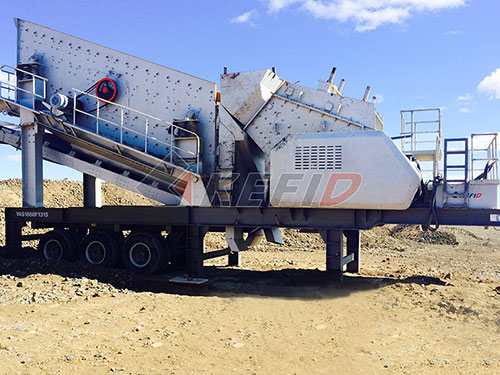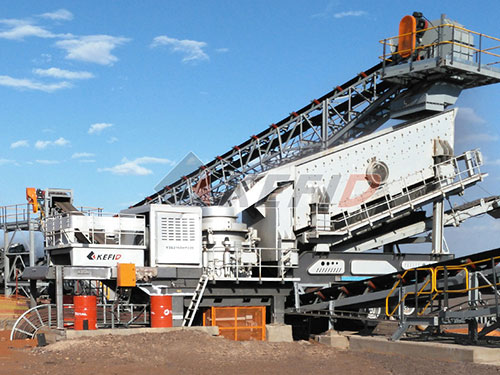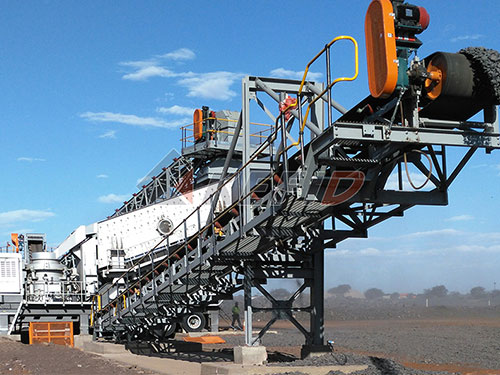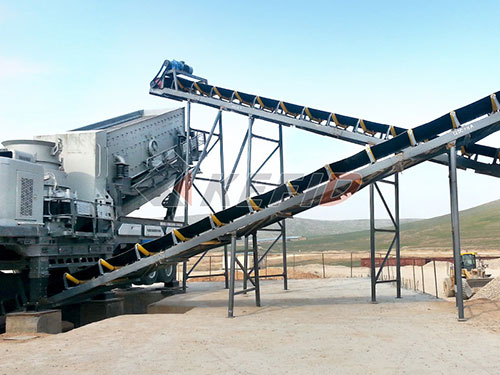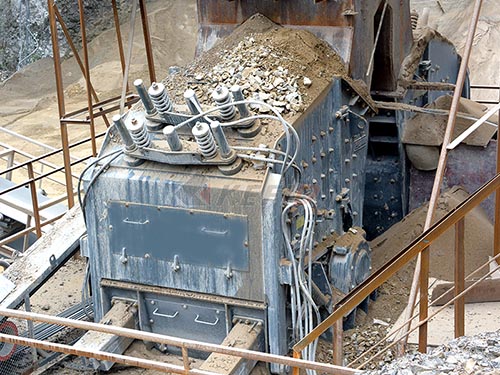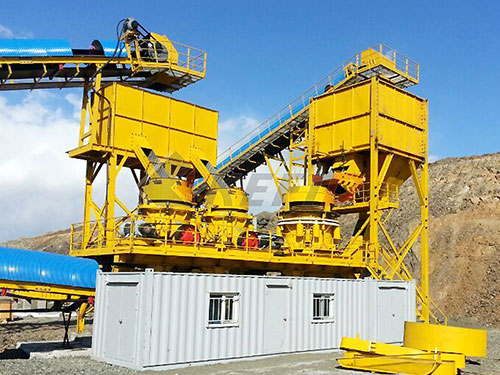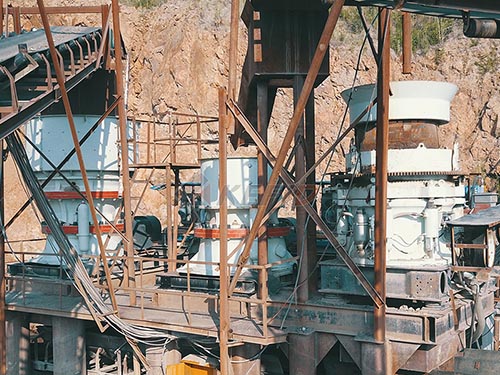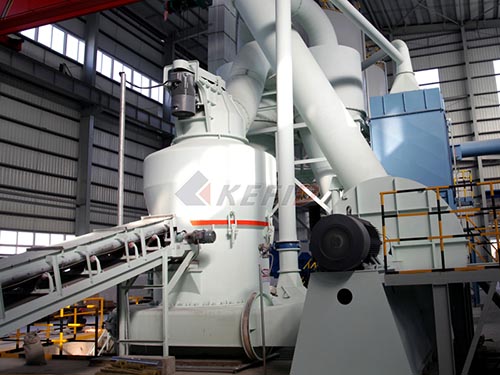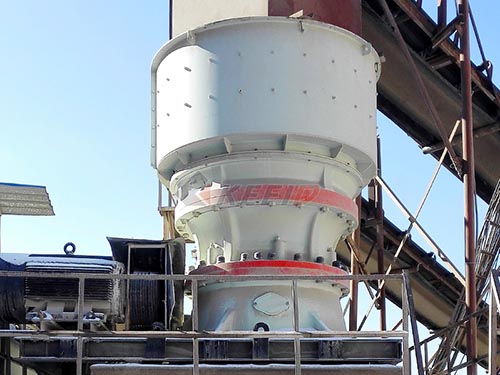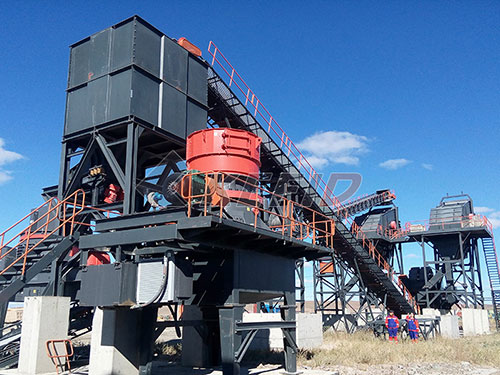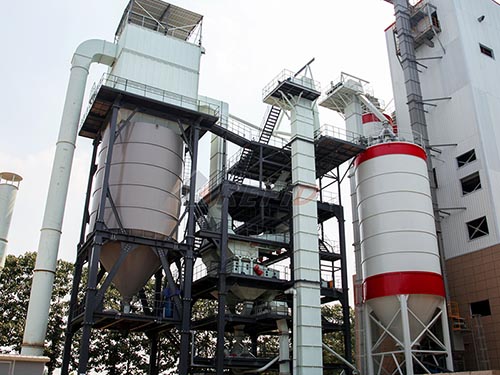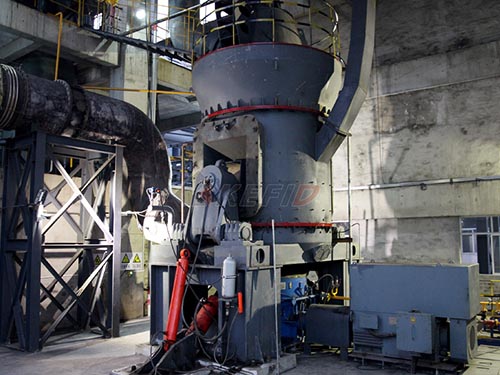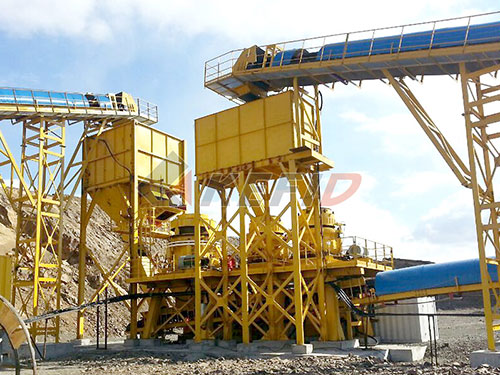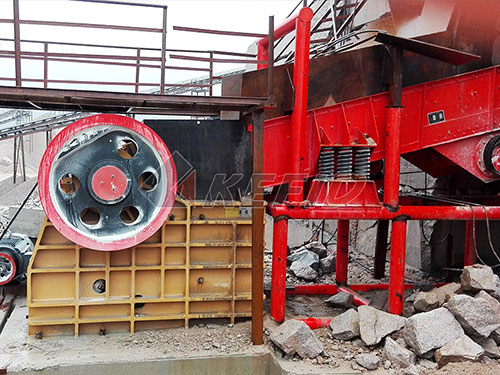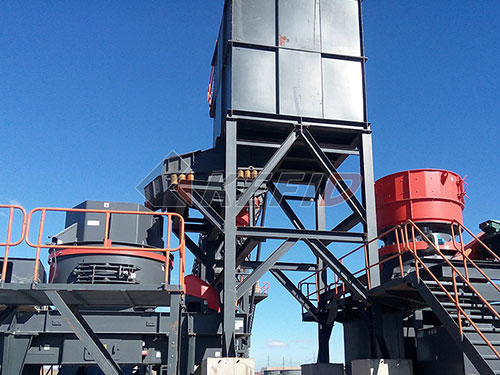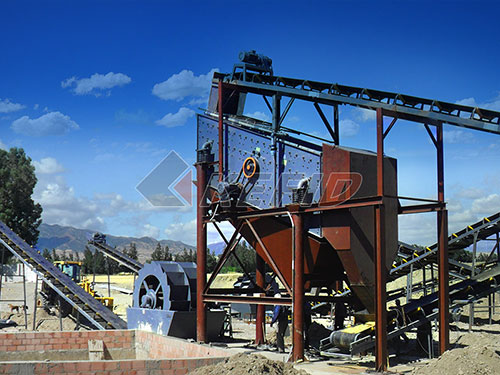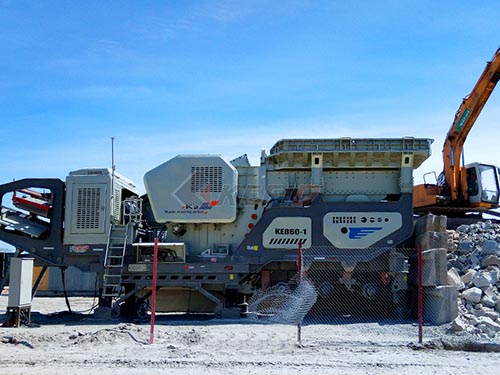Navigating the Cost of Vibrating Screens and Crushers in South Africa’s Dynamic Market
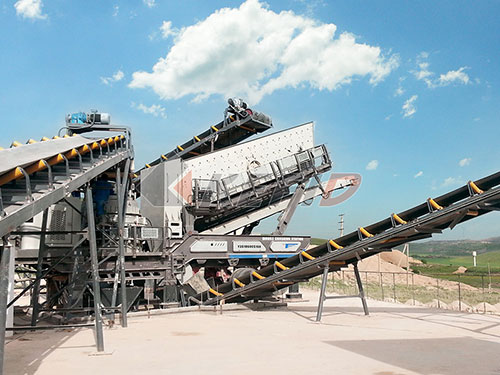
South Africa’s industrial backbone, particularly its world-renowned mining sector and rapidly growing construction industry, relies heavily on robust material processing equipment. At the heart of countless operations lie vibrating screens and crushers – the indispensable workhorses responsible for sizing, separating, and preparing raw materials for further use or sale. For businesses planning new projects or upgrading existing facilities within South Africa, understanding the total investment required for these critical machines is paramount. However, arriving at a definitive “total price” is far more complex than simply adding two catalogue figures together.
The Indispensable Duo: Function and Importance
Crushers: These machines apply immense force to reduce large rocks, ore, concrete, or demolition waste into smaller, manageable fragments. Common types include:
Jaw Crushers: Ideal for primary crushing of hard, abrasive materials.
Cone Crushers: Excellent for secondary and tertiary crushing, producing finer, more cubical products.
Impact Crushers (Horizontal & Vertical Shaft): Suited for softer to medium-hard materials where shape is important (e.g., aggregates for asphalt/concrete).
Gyratory Crushers: Typically used in large-scale mining for primary crushing.
Vibrating Screens: Following crushing (or sometimes before), screens efficiently separate particles based on size using vibrating mechanisms to move material across screen decks with specific aperture sizes. types include:
Linear Vibrating Screens: Common for high-capacity screening of bulk materials.
Circular Motion Screens: Versatile for various applications.
Elliptical Motion Screens: Offer high efficiency and reduced blinding/pegging.
High-Frequency Screens: Specialized for fine wet or dry screening.
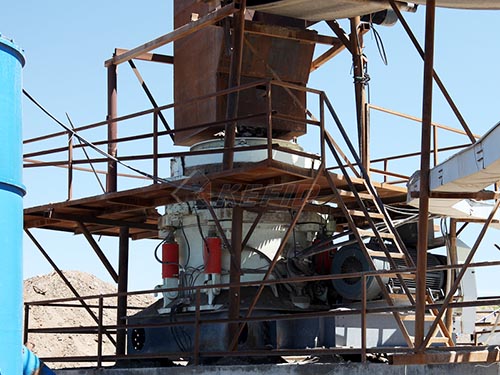
The synergy between crushing and screening determines the final product specification crucial for meeting market demands or downstream processing requirements. Their combined efficiency directly impacts throughput rates, product quality consistency (gradation), operational costs (power consumption, wear part replacement), and ultimately, the profitability of an operation.
Decoding the “Total Price”: A Multifaceted Equation
Asking “How much does a vibrating screen and crusher cost?” in South Africa is akin to asking “How much does a car cost?”. The range is vast. Here’s a breakdown of the critical factors shaping the total investment:
1. Equipment Specifications

